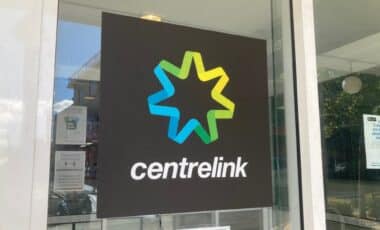Australia begins 2025 with a mixed economic outlook, shaped by global turbulence and domestic cost-of-living pressures. Treasurer Jim Chalmers has urged optimism, emphasizing the resilience of the Australian economy. In contrast, opposition Treasury spokesman Angus Taylor has delivered a stark critique, warning that living standards remain well below 2022 levels, with no recovery in sight until the next decade.
The Cost-of-Living Crisis: A Closer Look
Australian households are feeling the pinch of sustained high costs across essential sectors:
- Housing Costs: Property prices and rental rates remain at historically high levels, driven by a combination of supply shortages and increased demand. Interest rates, which surged in the past two years as the Reserve Bank of Australia (RBA) tackled inflation, have added significant financial pressure on mortgage holders.
- Groceries: Food prices remain elevated due to disrupted global supply chains and domestic weather events affecting agricultural output. Staples like fresh produce and dairy have seen sharp price increases, exacerbating household budgets.
- Energy Costs: Geopolitical factors, including the Russia-Ukraine conflict, have driven global energy prices higher. While some nations have secured alternative energy sources, Australia’s dependence on fossil fuels has left households facing higher utility bills despite government subsidies.
Despite inflation showing signs of easing, it remains stubbornly above the RBA’s target range. High borrowing costs are deterring consumer spending, further slowing economic recovery.
Opposition Critique of Labor Policies
The opposition’s analysis highlights what it claims is a historic decline in living standards under the Albanese government. “This is the steepest decline in living standards on record,” Taylor stated, calling the government’s economic approach ineffective and warning that another term of Labor could further erode household finances.
Taylor argues that these conditions are “unparalleled anywhere else in the world” and accuses the Treasurer of offering “unfounded optimism” instead of substantive solutions. His criticism underscores a broader debate over whether the government’s policies are adequately addressing the cost-of-living crisis.
Growth amid Adversity
Despite these challenges, Australia’s economy has avoided slipping into recession—a fate that has befallen many peer nations. Economic growth, while modest, reflects resilience, particularly in sectors like services and technology. However, weaker demand for iron ore exports due to slowing growth in China, Australia’s largest trading partner, threatens future stability.
Treasurer Chalmers has pointed to this growth as a sign of strength, emphasizing the government’s commitment to weathering global and domestic headwinds. Yet critics argue that the slow pace of recovery leaves vulnerable Australians struggling to make ends meet.









